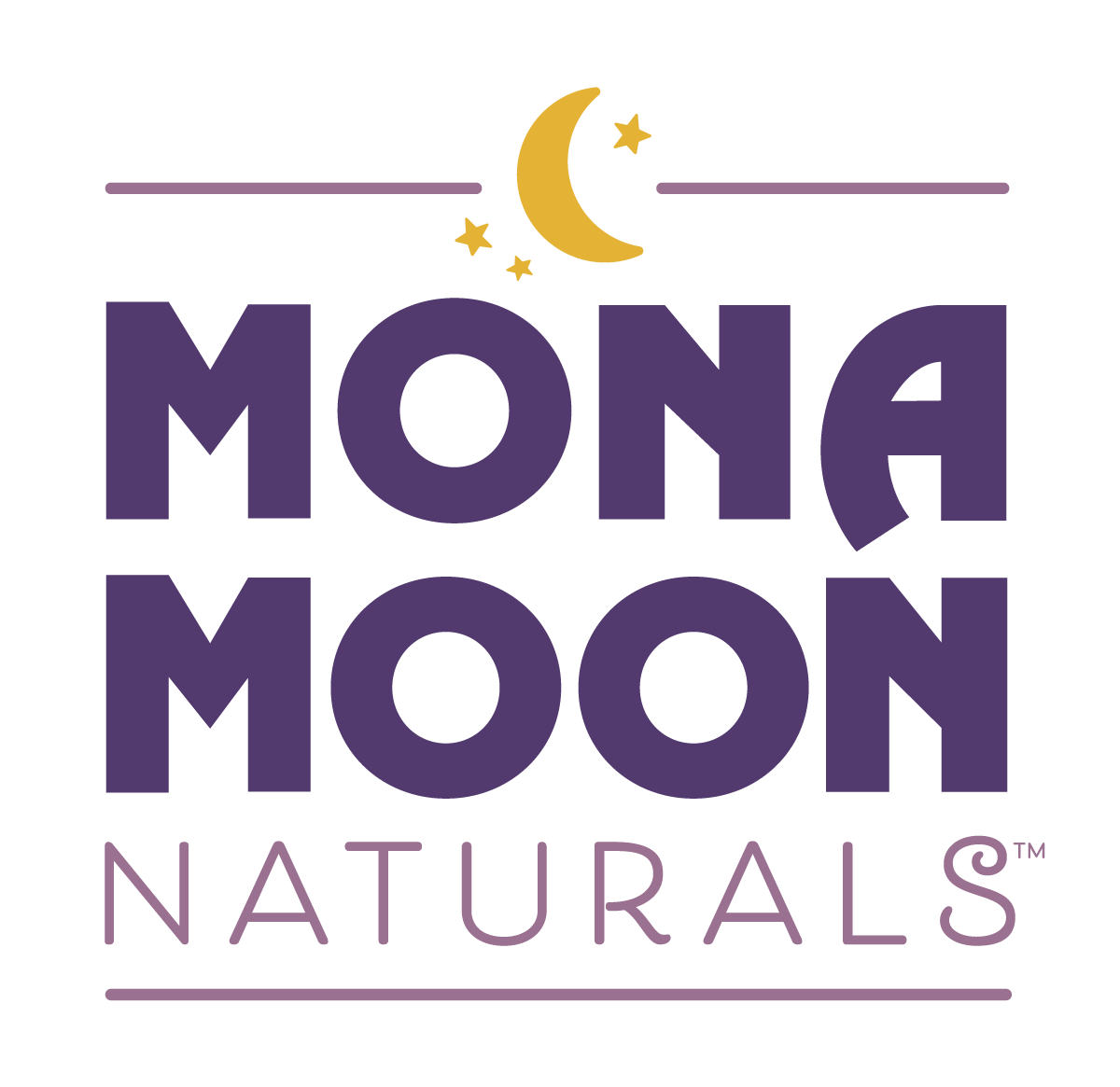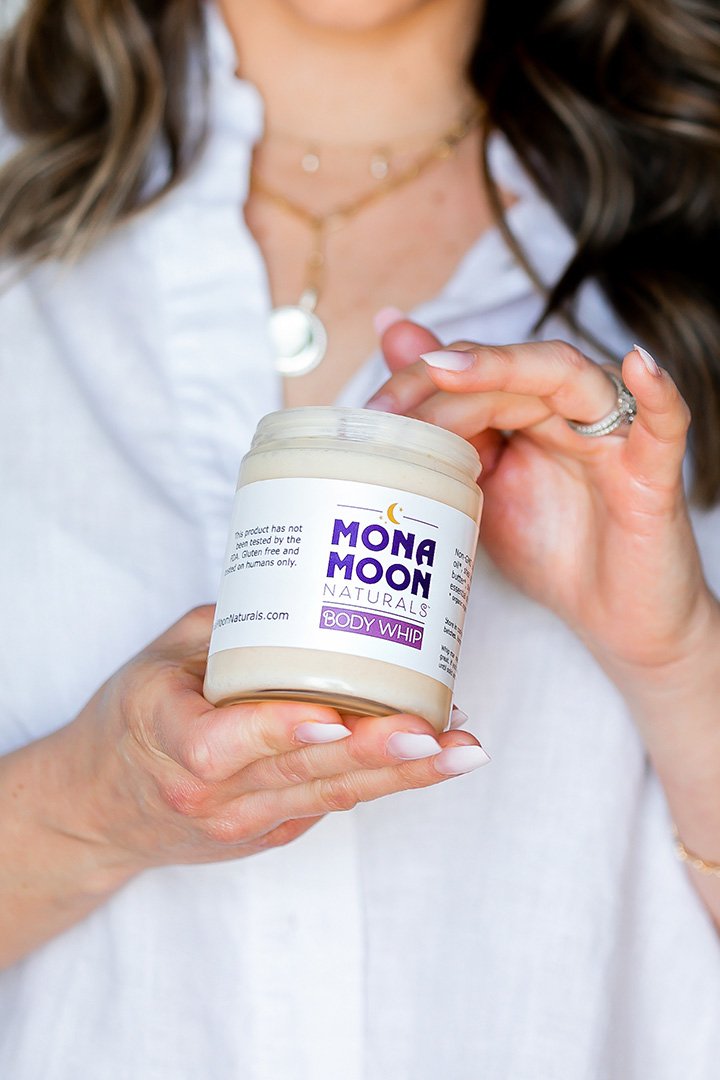10 Toxic Ingredients to Avoid in Your Body Lotion and Why
Winter does not seem to want to leave this year! With the long cold season, our body has been needing even more care and attention. We have been laying on the Body Whip extra thick these past few chilly months.
Body lotion is probably one of the products we use daily no matter the weather or our skin type. While it is unclear how much of the product gets absorbed into our body (and bloodstream!), it is still important to know what goes into our favorite body care products.
As we have mentioned previously, the wrong ingredients in your products can cause anything from skin irritation to hormone disruption, and even skin cancer in some cases, over a prolonged period of use.
We have personally made it a habit to turn over every product and scan the ingredients label in order to make more informed choices. To make it even easier to recognize products to stay away from, the Think Dirty App is an easy-to-use tool anyone can download directly on their phones. It’s as easy as scanning a barcode and having all the information you need along with safer, cleaner alternatives! The Environmental Working Group website and app are also expansive resources where you can search and read about individual ingredients in detail. They give a hazard score for each ingredient, disclosing how much data is available for their score, making it a transparent experience.
Continuing our series on toxic ingredients, we wanted to dedicate a blog post to the ingredients to avoid in body lotion specifically since that is applied all over daily. We have also included the EWG score for every ingredient to show how harmful it can be.
Ingredients to Avoid in Your Body Lotion
Parabens
EWG Score: 9
Parabens are repeat offenders when it comes to toxic ingredients. You’ll notice we included them in our Toxic Twelve as well as the toxic ingredients in lip balms. Just as they’ve made every toxic list, you’ll find them in practically every popular body lotion. Look out for butylparaben, isobutylparaben, methylparaben, propylparaben, or ethylparaben on the label. Parabens are actually very useful. They prevent bacteria and fungus from growing in your favorite body lotion. They are also, however, linked to hormone disruption and breast cancer.
If you’re worried about your product going bad, there are better, more safe ways to prevent that. By using vitamin e and citric acid instead, products can be made fungus-free albeit with a shorter shelf life.
Phenoxyethanol
EWG Score: 4
You might have noticed the insurgence of products with ‘paraben-free’ smack dab on the front of the label. Sounds promising, doesn’t it? With the growing awareness of the dangers of parabens, companies have started eliminating them from their products, giving us a false sense of security. Unfortunately, companies claiming this use phenoxyethanol instead.
Phenoxyethanol plays the same role parabens do - it prevents the growth of bacteria and fungi. However, this ingredient can be highly irritating to your skin and lead to allergic reactions. They can also trigger and/or exacerbate the condition of eczema. What’s worse is that products that include both parabens and phenoxyethanol have increased negative effects.
Artificial Fragrances
EWG Score: 8
A Trojan Horse of ingredients, ‘fragrance’ can basically be read as ‘the undisclosed toxic mix of compounds that make up that scent’. With the lack of regulation from the FDA, companies are free to generalize ingredients like diethyl phthalate under the catch-all term ‘fragrance’.
Who doesn’t love a luxurious-smelling body lotion? But when it means chances of endocrine disruption, respiratory distress, and potential effects on the reproductive system, we can skip the fragrance. Products that use essential oils are great substitutes that smell great and are safe to use as well.
Methylisothiazolinone 7
EWG Score: 7
A widely used and effective preservative, methylisothiazolinone is an ingredient loved by the industry because of its low cost and long shelf life. While potent, methylisothiazolinone is a strong irritant and sensitizer linked with contact dermatitis and allergic reactions.
Butylated Hydroxyanisole (BHA)
EWG Score: 6
Butylated Hydroxyanisole is another preservative commonly used in body lotions. It is also used as a stabilizer. While it is important for our products to be preserved for prolonged use and prevent them from going bad BHA is linked to endocrine disruption and "reasonably anticipated to be a human carcinogen," according to the National Toxicology Program.
Phthalates
EWG Score: 8
Phthalates are as impossible to avoid as parabens. They are present in plastics, lipstick, and even the food that we eat. Phthalates help achieve the creamy consistency in body lotions and creams, while also increasing the staying power of added fragrance. But the harm far outweighs the benefits.
Phthalates are linked with skin irritation, adverse reproductive outcomes in both women and men, type II diabetes and insulin resistance, obesity, allergies, and asthma.
Retinyl Palmitate
EWG Score: 9
Blame it on our obsession with anti-aging products, but retinyl palmitate, a vitamin A derivative is everywhere. It's commonly found in sunscreens, creams, and body lotions included for its supposed anti-aging properties. This controversial form of vitamin A has been shown to result in rapid tumor development after exposure to sunlight in a study performed by The National Toxicology Program on mice. Retinyl Palmitate is highly problematic according to the EWG. Using products with this as an ingredient can lead to overexposure to Vitamin A leading to hair loss, brittle nails decreased bone density, and even liver damage.
DMDM Hydantoin
EWG Score: 6
Yet another preservative, DMDM Hydantoin is a formaldehyde- releaser, used in several personal care products including body lotion. In 2011, the US National Toxicology Program described formaldehyde as "known to be a human carcinogen". While DMDM hydantoin itself isn’t recognized as a carcinogen, the fact that it releases formaldehyde makes it a toxic ingredient. It also irritates the eyes and skin.
Triethanolamine
EWG Score: 6
This mouthful of an ingredient is a highly alkaline substance that's used to balance the pH in various body lotions and cosmetics (especially mascara). Despite its widespread use, it's considered moderately dangerous and should never be used long-term, according to the Dermatology Review, since it's a skin and respiratory irritant and toxicant to the immune system. It's also been linked to cancer in animal studies.
Mineral oil
EWG Score: 3
Mineral oil, also known as petrolatum or petroleum jelly, is the most widely used ingredient after water, in the industry. Its appeal lies in the low cost, easy availability, and supposed moisturizing abilities.
Even though mineral oil is generally recognized as safe to use by the FDA, it’s when it is not properly purified that it becomes problematic. Impure mineral oil contains traces of PAHs - known carcinogens harmful to human health. Some even classify it as a xenohormone (environmental hormones produced outside of the human body), that interferes with the normal function of the endocrine system.
Looking for your next holy grail body lotion? Check out our Body Whip with easy to recognize ingredients and rich and fluffy texture.





